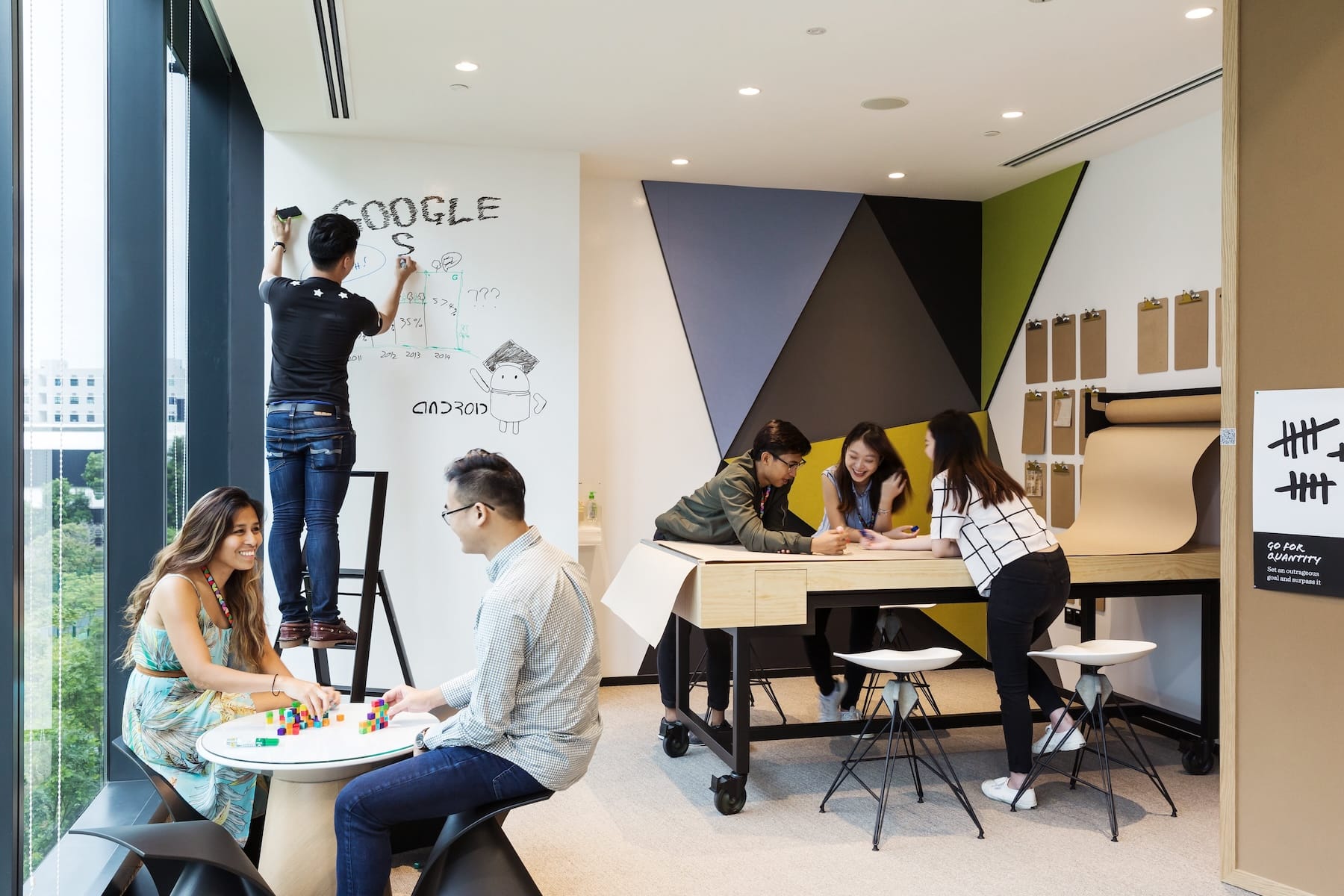In today’s rapidly evolving tech landscape, on-device processing has become a game-changer in how we interact with our devices. Whether it’s a smartphone, smartwatch, security camera, or even a fitness tracker, manufacturers are increasingly prioritizing AI-powered features that run directly on the device rather than relying solely on cloud computing. But what does this mean, and why is it such a significant shift?
From Google’s Pixel smartphones and Fitbit wearables to Apple’s Neural Engine in iPhones and Samsung’s Exynos chips, companies across the industry are investing heavily in on-device AI processing. This technology enables faster computations, enhanced privacy, and better user experiences by minimizing reliance on cloud-based services.
What is On-Device Processing?
At its core, on-device processing refers to executing computational tasks directly on a device rather than sending data to the cloud for analysis. This is made possible through increasingly powerful chipsets, such as Google’s Tensor processors, Apple’s A-series and M-series chips, and Qualcomm’s Snapdragon AI engines.
Most modern devices include specialized hardware for different types of processing:
- CPU (Central Processing Unit): Handles general tasks and system operations.
- GPU (Graphics Processing Unit): Optimized for rendering graphics and accelerating AI workloads.
- NPU (Neural Processing Unit) or TPU (Tensor Processing Unit): Dedicated to running machine learning (ML) and AI computations directly on the device.
For example, when you take a photo with a Pixel or iPhone, several processes happen simultaneously. The CPU manages core functions, the GPU renders the preview, and the AI accelerator applies computational photography techniques to enhance the final image—all in milliseconds.
On-Device vs. Off-Device Processing (Cloud Computing)
Traditionally, many complex AI tasks—such as voice recognition, language translation, or advanced photo editing—were handled in the cloud. This means a device would send data to remote servers, process it, and return the results. However, while cloud computing is powerful, it comes with limitations:
✔ High latency (delayed responses)
✔ Privacy concerns (sending personal data to the cloud)
✔ Internet dependency (requires a stable connection)
By contrast, on-device processing offers key advantages:
✔ Faster performance (no need to wait for cloud responses)
✔ Better privacy (data stays on your device)
✔ Offline functionality (AI works even without internet access)
For example, Apple’s Siri and Google Assistant now process certain voice commands on-device, making them faster and more private. Similarly, Samsung’s Galaxy AI features use on-device processing for real-time live translations during calls, eliminating the need for an internet connection.
Where Is On-Device AI Making an Impact?
✅ Smartphones & Wearables
- Google’s Pixel 9 series uses Tensor G4 AI chips to power Call Notes, Pixel Studio, and advanced camera features without cloud dependency.
- Apple’s Neural Engine in iPhones enables Face ID, Siri’s offline commands, and live text recognition within images.
- Fitbit and Apple Watch use on-device AI for health tracking, sleep analysis, and ECG readings.
✅ Security & Smart Home Devices
- Nest and Ring cameras process motion detection and facial recognition locally, reducing latency and enhancing security.
- Amazon Echo and Google Home smart speakers now support limited voice commands without needing internet access.
✅ Gaming & Multimedia
- AI-powered image upscaling in gaming (like NVIDIA’s DLSS or AMD’s FSR) enhances graphics in real time.
- HDR video processing and real-time editing in apps like Google Photos and Adobe Lightroom leverage on-device AI for instant results.
✅ Automotive & Navigation
- Tesla’s Full Self-Driving (FSD) system relies heavily on on-device AI processing to interpret road conditions without cloud delays.
- Apple’s CarPlay and Android Auto use on-device AI for navigation, speech recognition, and real-time suggestions.
Is On-Device AI the Future?
While on-device processing is rapidly advancing, cloud computing still plays a crucial role. Certain data-intensive AI models (like ChatGPT or Gemini Ultra) require massive computational power, which local hardware can’t yet match.
However, hybrid approaches are emerging:
🔹 AI models are being optimized to run efficiently on smaller chipsets.
🔹 Devices intelligently switch between on-device and cloud processing based on the task.
For example, Google’s Gemini Nano AI model runs directly on Pixel devices, while more complex versions rely on cloud-based inference. Similarly, Apple’s iOS 18 is expected to introduce local AI capabilities, but with optional cloud assistance for more advanced computations.
As chip technology continues to evolve, we can expect even more powerful AI features to run directly on our devices, making them smarter, faster, and more private than ever before. 🚀

